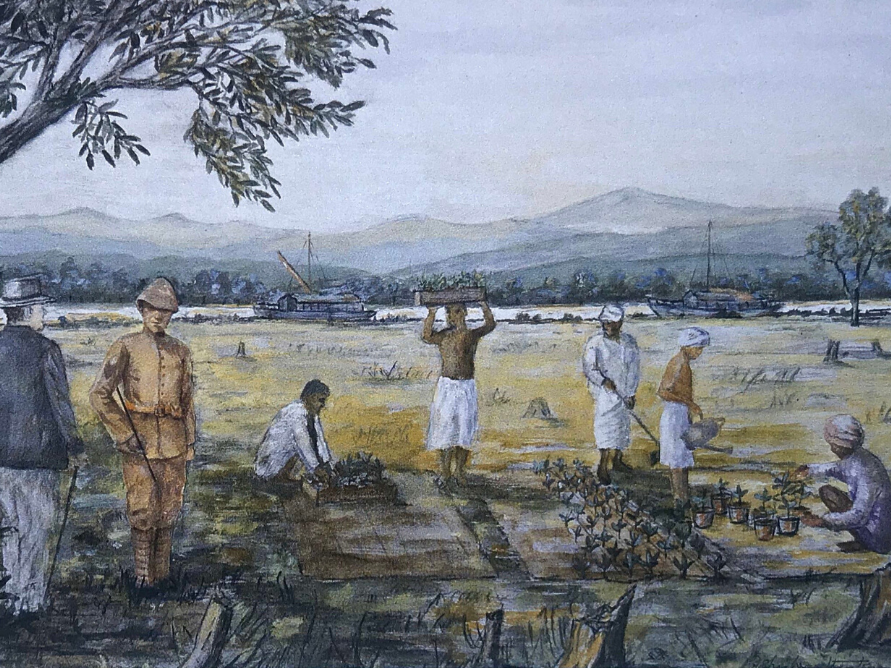
The History of Tea in Assam — Steeped in Tradition
By the end of this slightly longer than usual blog post from us, you will have learnt a lot about the origins of tea, particularly the history of Assam Tea.
Grab yourself a cuppa, slow down, and enjoy the read!
The Origins
The world runs on tea! Second only to water, tea is a popular beverage in the world. Tea is known to be native to China, discovered sometime in 2737 BC.
Today, tea is grown all over South and South East Asia, Africa and Japan. China continues to be the most significant producer of tea, accounting for 2.5 million tonnes of tea produced and around 35% of the world’s tea, followed by India.

The story goes that tea became a rich man's beverage in China due to Emperor Shen Nung’s patronage. The first people outside of China to experience tea is known to be the Japanese. Travelling monks from Japan discovered tea in China. They took to drinking tea as a healthy way to help with their meditation and took seeds back home to plant their own tea farms.

European traders were exposed to tea while doing business with China; starting with the Portuguese, then the Dutch and finally the Brits. It’s a little known fact that it was the Dutch that traded tea into Europe first, and not the British.
The Afternoon Cuppa
The British were not the keenest drinkers of tea and were late to adopt it as their national beverage. Ale was more widespread until the late 18th century.
A lack of safe drinking water meant that the boiling of water or its fermentation into ale were necessary to make it reasonably safe for consumption. Bad harvests and high grain prices drove up the cost of beer, the staple drink of the poor.
Enter, tea!

It was the Portuguese Princess Catherine of Braganza, wife to King Charles II, who made it fashionable for the British aristocracy to drink afternoon tea.
Tea was expensive due to the high taxes levied by the state, making it unaffordable for the commoners to experience the beverage. Ordinary folk could only afford diluted tea but were keen to try the drink. Smuggling of tea became a lucrative business, and along with that adulteration of tea, leading to health issues for the common folk.
None the less, it was a popular drink. Sir Frederic Eden, in his 1797 survey of the state of the poor, commented:
“Any person who will give himself the trouble of stepping into the cottages of Middlesex and Surrey at mealtimes, will find that in poor families’ tea is not only a mealtimes beverage in the morning and evening, but is generally drunk in large quantities even at dinner.”
The famous “cuppa” was born!

Eventually, taxes on tea were cut down, and tea became more affordable, with events leading up to the American War of Independence. But that’s another story.
Tea, Opium and The British East India Company
The British East India Company traded with China for many products. Tea was one of the most important exports from China into mainland Europe for many years. By the late 1700s, China was producing 250,000 tonnes of tea, with over 134,000 tonnes exported to countries such as Britain.

To pay for such a large amount of tea, The British East India Company used to import opium into China illegally. The import of opium was banned by China, as the people were becoming addicted to the substance. The two Opium Wars followed between the British and Chinese, as an outcome.

Having seen the stronghold China had on tea production, the British East India Company started to look at alternate arrangements. It made plans for cultivating tea in the British colony of India and take control of the market away from the Chinese.
The British lacked the knowledge or the seeds necessary to do so. It began to fear that if China started to produce opium, China would no longer need to deal with the British East India Company. The Company would collapse into bankruptcy, given tea and opium were some of the most highly valuable goods traded by the Company.
Bruce brothers, Maniram Dewan and the Singphos
Till the early part of the 19th century, tea was known to be only grown from the one plant species, Camellia Sinensis var. Sinensis, in mainland China.
On the British East India Company’s directive to look for suitable tracts of land to plant tea in India, Scottish adventurer Robert Bruce went on an expedition into Assam, in 1823.

While in Assam, Robert met up with an Assamese nobleman Maniram Dewan, who took him to the local Singpho tribe.
The Singpho tribe indigenous to the upper reaches of the Brahmaputra valley and the foothills of the Himalayas, were the first in the region to use a wild tea like plant to make a beverage.
Little is known how this indigenous plant came to be in the region. Some say it was carried across the Burma hills from Yunan into Assam.
Bessa Gam, the Singpho tribe chief showed Robert Bruce how local tribesmen brewed the beverage from leaves of the wild tea like plants. Bruce was convinced he had discovered an alternative and the monopoly that China had over tea.

Bruce arranged with the tribal chief to give him samples of these tea leaves with seeds, as he planned on having them examined in Calcutta for botanical classification.
Robert however passed away a year later, in 1824. Before his death, Robert told his brother Charles Bruce of his discovery.
In the meantime, the Company’s officials had smuggled 80,000 tea seeds from China to plant in India. They also brought along with them a few Chinese tea farmers to show them the ropes. The Company germinated the seeds in the Botanical Gardens in Calcutta, and tried to plant the saplings in Assam. The plants cross-pollinated with the indigenous tea plants, and the experiment was considered a disaster.
Camellia Sinensis var. Assamica
In February 1834, the then governor-general Lord Bentinck of India, set up the Tea Committee. The Tea Committee sent out a circular asking where tea could be grown, and Assam was identified as an ideal location.

In 1836, Charles Bruce, on his initiative, set up a tract of land in Sadiya, Assam, as a nursery and planted it with indigenous tea seed plants. The plants survived and, with the help of Chinese workers, Charles managed to quietly dispatch a small sample of manufactured tea to the Tea Committee the same year. He also sent out some seeds to the Botanical Gardens in Calcutta for botanical classification. The Viceroy Lord Auckland approved the first samples, and experts determined that the tea was of outstanding quality.

The Botanical Gardens in Calcutta also completed its scientific assessment, and the plant was given its own identity and classified as Camellia Sinensis variety Assamica. Robert Bruce unfortunately never lived to see his discovery being classified.
In 1837, Bruce dispatched another consignment of 46 chests of tea made entirely from the leaves of the Assamese bush. After removing a portion that had spoilt in transit, 350 pounds in eight chests were sent to London auctions in May 1838. This first consignment was auctioned in London on the 10th of January, the following year.
In 1839, the Assam Tea Company was the first company established to grow and make tea. By 1862 the company had over 160 tea gardens, some of which are still operating under the same banner.

Assam’s newly-developed industry introduced socio-economic growth, including the arrival of planters from Britain and labourers from other parts of India, and a coming together of new customs, food and dastoors (culture).
Assam is surrounded by the foothills of the Himalayas in the north and south. The Brahmaputra river runs east to west and flows into the Bay of Bengal. This topography forms one of the world’s most abundant biodiversity zones. During the year, Assam encounters humid atmospheric conditions and very heavy rainfall. These factors, together with its fertile land, rich soil, and low altitude, presents the ideal natural setting for tea production. The tropical climate of Assam contributes to the unique malty taste that Assam Tea is famous for.
Now, the world’s single largest tea-growing region, Assam’s tea gardens collectively produce over 700 million kgs of tea each year!
Assam teas are generally harvested from March until November. The First and Second Flush teas are the most significant, harvested between April to June. The fuller-bodied, sweeter, and arguably superior ‘tippy’ tea, such as our ever-popular, gold medal-winning Tippy Reserve tea, is produced in the Second Flush. The exquisite glittering buds of the Tippy Reserve, are unique to the tea plants of Assam, Camellia Sinensis var. Assamica.
The region produces both orthodox whole-leaf tea and CTC (crush, tear, curl) granular teas. Assam black teas are celebrated worldwide for their bold, brisk, aromatic, malty flavours and intense colour. They are particularly popular as breakfast teas globally and as the afternoon cuppa in Britain.
Aideobari and Rujani
Rujani has a rich history of its own. Our company is a fourth-generation, 122-year-old family-owned small business. Our first tea plantation, Aideobari was started by our fore-fathers in 1897, amongst the first few non-British owned tea gardens.
All our award-winning, single-origin Rujani loose-leaf teas are grown in tea farms at the Aideobari Tea Estates. Situated on the banks of the River Teok in Assam; we offer an authentic Assam farm-to-cup tea experience. Rich in colour and aroma, our bold and full-bodied Assam teas are harvested with immense care and processed by hand, using traditional tea production methods.
We maintain a strong focus on sustainability and a commitment to nurturing the land where our tea is grown, the biodiversity of the area and the community who help produce our teas.
Aideobari is trustea.org certified, which is a sustainability code and verification system for the Indian tea sector. You can be sure of the tea that you buy is produced according to agreed, credible, transparent and measurable criteria.

Our next focus is to get a Certified Elephant Friendly™ Tea certification to enable the protection of our elephant habitat and resources and also to reduce any remaining human-elephant conflict. Our pachyderm friends regularly visit Aideobari throughout the year. We would like to keep it that way for generations after us to enjoy this majestic animal.
We are proud to bring you a range of Assam Teas. Rujani Tea invites you to explore its collection of artisanal teas rich in flavour that Assam is famous for.
Cheers! Enjoy that cuppa!

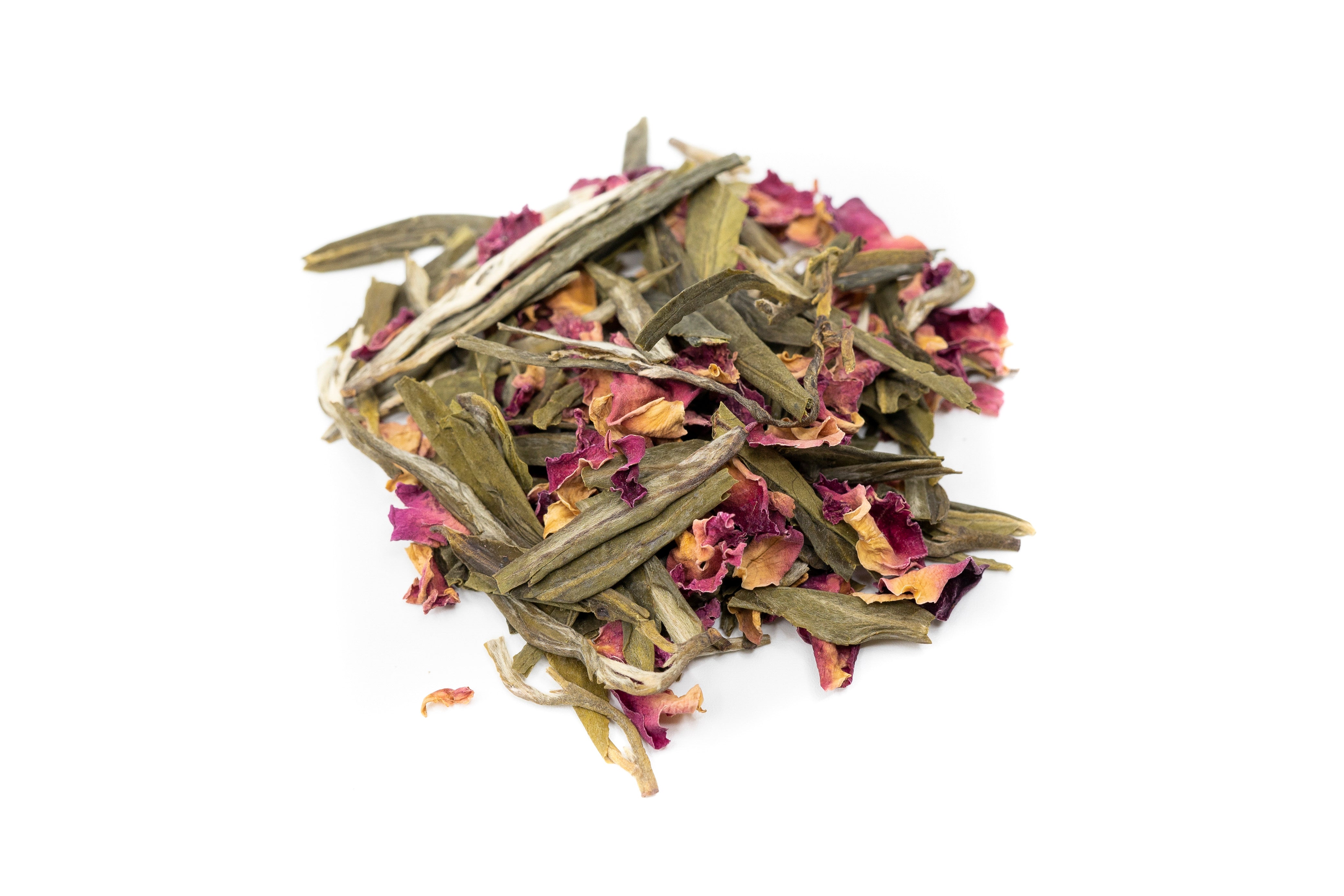

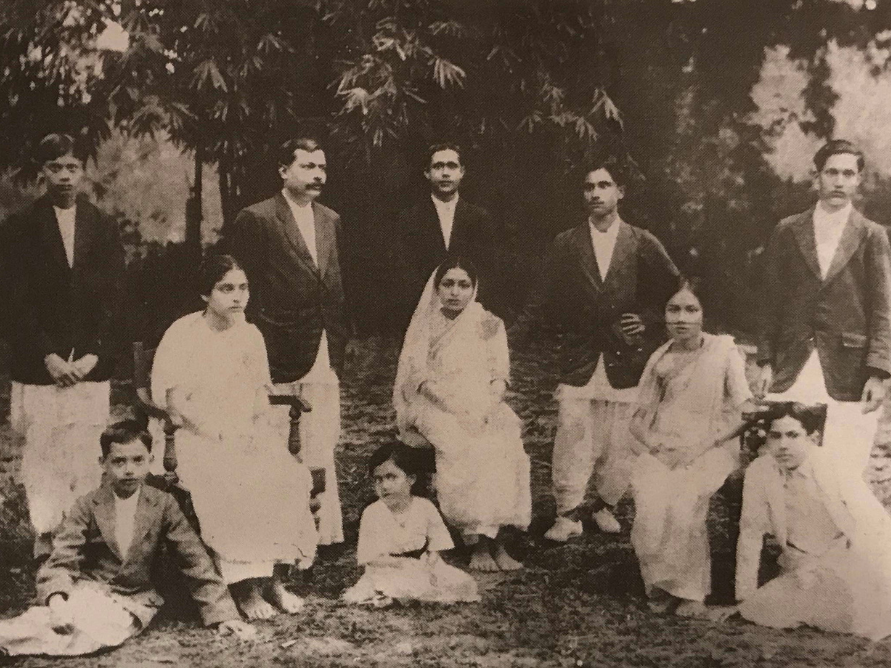
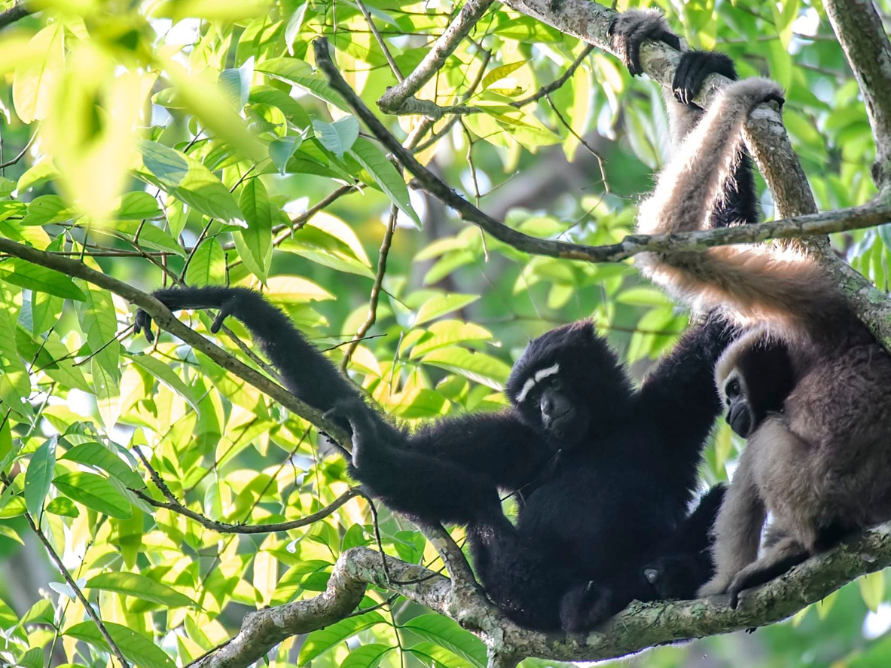
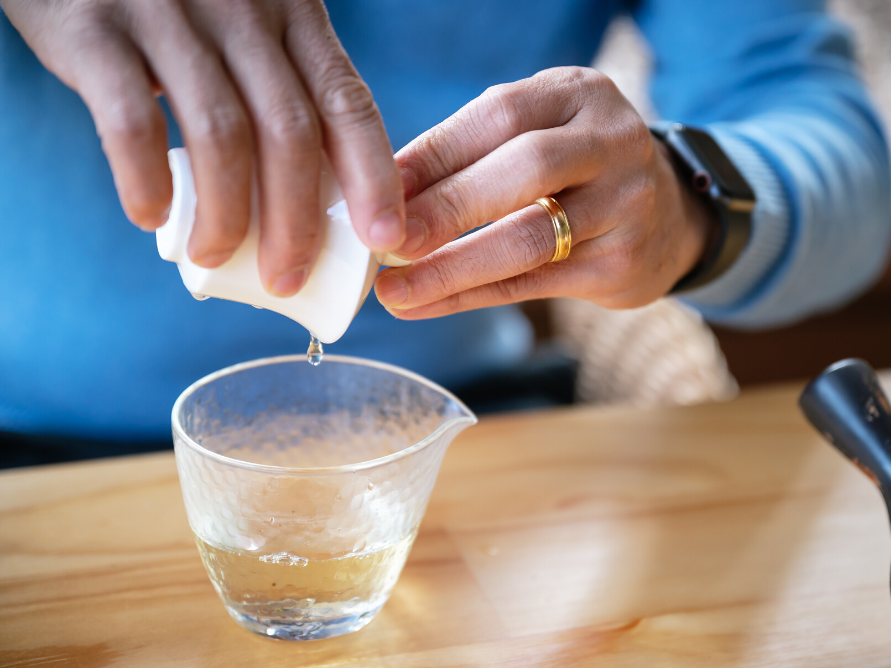
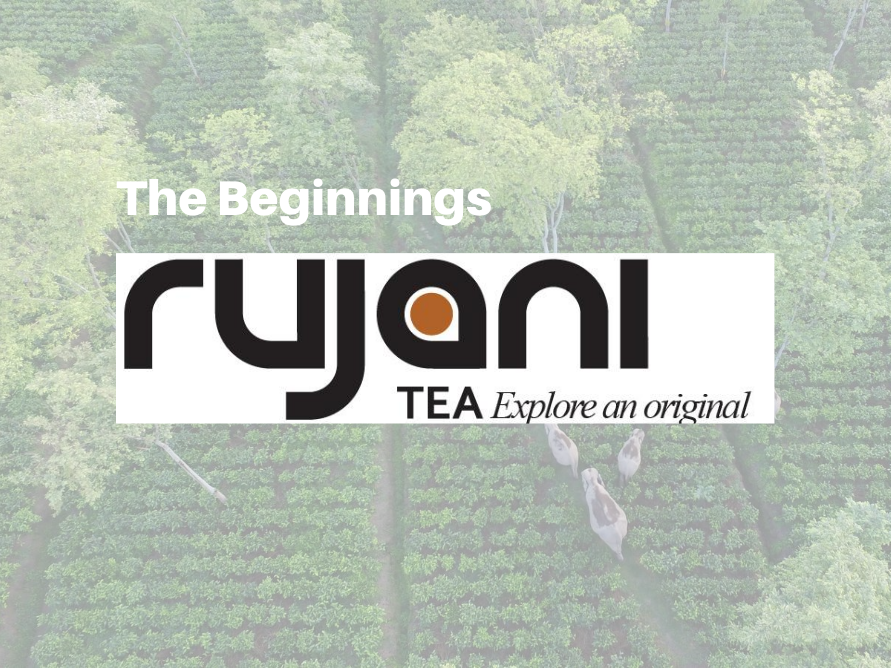
Leave a comment
This site is protected by hCaptcha and the hCaptcha Privacy Policy and Terms of Service apply.